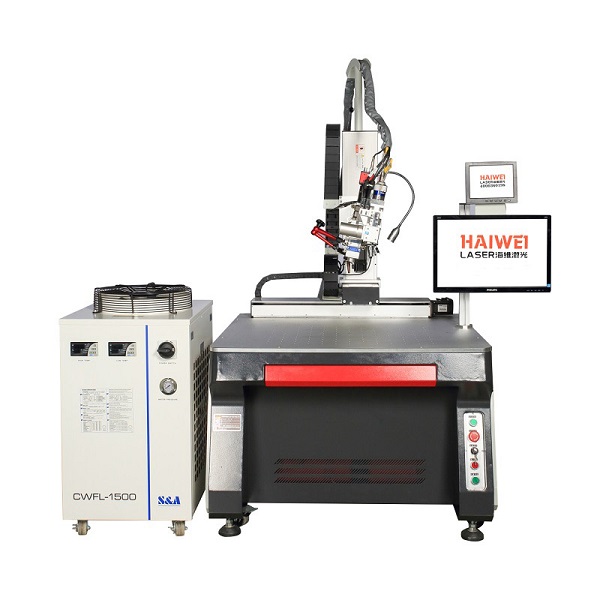Laser Welding Machines in Aerospace: Current Applications
In the high-stakes environment of aerospace manufacturing, precision, reliability, and material integrity are non-negotiable. Laser welding machines have become a cornerstone technology in this industry, enabling the production of lightweight, high-strength components with exceptional weld quality. As demand for more efficient and durable aircraft grows, so does the adoption of aerospace laser welding across critical production processes.

Precision Manufacturing with Laser Welding
Aerospace engineering demands high standards for material integrity and component performance. Laser welding machines offer unparalleled precision, capable of creating strong joints with minimal heat-affected zones (HAZ). This is particularly beneficial for welding thin or dissimilar materials used in aircraft structures, engines, and control systems.
Key Advantages:
Minimal Distortion: The low heat input results in less thermal distortion, ensuring dimensional accuracy.
High Strength Joints: Laser welds often exhibit superior mechanical properties compared to traditional methods.
Flexibility: Suitable for a wide range of metals including titanium, aluminum, and nickel alloys.
Addressing Material Challenges
The aerospace industry frequently employs advanced materials like titanium and Inconel, which present unique welding challenges. Titanium, for example, requires an inert gas environment to prevent oxidation during welding, while Inconel alloys need precise control over heat input to avoid cracking.
Solutions:
Controlled Atmosphere Chambers: For reactive metals like titanium, using a controlled atmosphere can significantly improve weld quality.
Advanced Parameter Settings: Optimizing laser power, speed, and focus ensures optimal penetration without compromising material properties.
Regulatory Compliance and Quality Assurance
Aerospace components must comply with strict regulations such as AS9100 and Nadcap accreditation. Implementing laser welding machines that offer real-time monitoring and data logging capabilities is crucial for meeting these standards.
Best Practices:
Automated Process Control: Ensures consistent weld quality across batches.
Documentation: Detailed records of welding parameters support traceability and compliance audits.
Cost Considerations
While the initial investment in laser welding machines may be higher than traditional equipment, the long-term benefits often outweigh the costs. Reduced rework, lower maintenance expenses, and increased production efficiency contribute to a favorable return on investment.
Tips for Cost Management:
Scalable Systems: Choose modular designs that allow for future upgrades.
Training Programs: Invest in staff training to maximize machine utilization and minimize errors.
For companies looking to invest in laser welding machines for aerospace applications, understanding both the technical capabilities and operational requirements is essential. By carefully assessing material compatibility, regulatory compliance, and cost implications, businesses can leverage laser welding technology to produce superior aerospace components. Embracing these innovations will not only enhance product quality but also position companies at the forefront of technological advancement in the aerospace sector.
Recent Posts
- What are the advantages of laser welding machines in lithium battery pack production lines?
- What issues should be noted when choosing a lithium battery pack production line?
- Quality Inspection and Control of Lithium Battery Module Pack Production Line
- Cell grouping and sorting process in lithium battery module pack production line
- What are the safety hazards of lithium battery pack production lines and how can they be prevented?
INQUIRY

